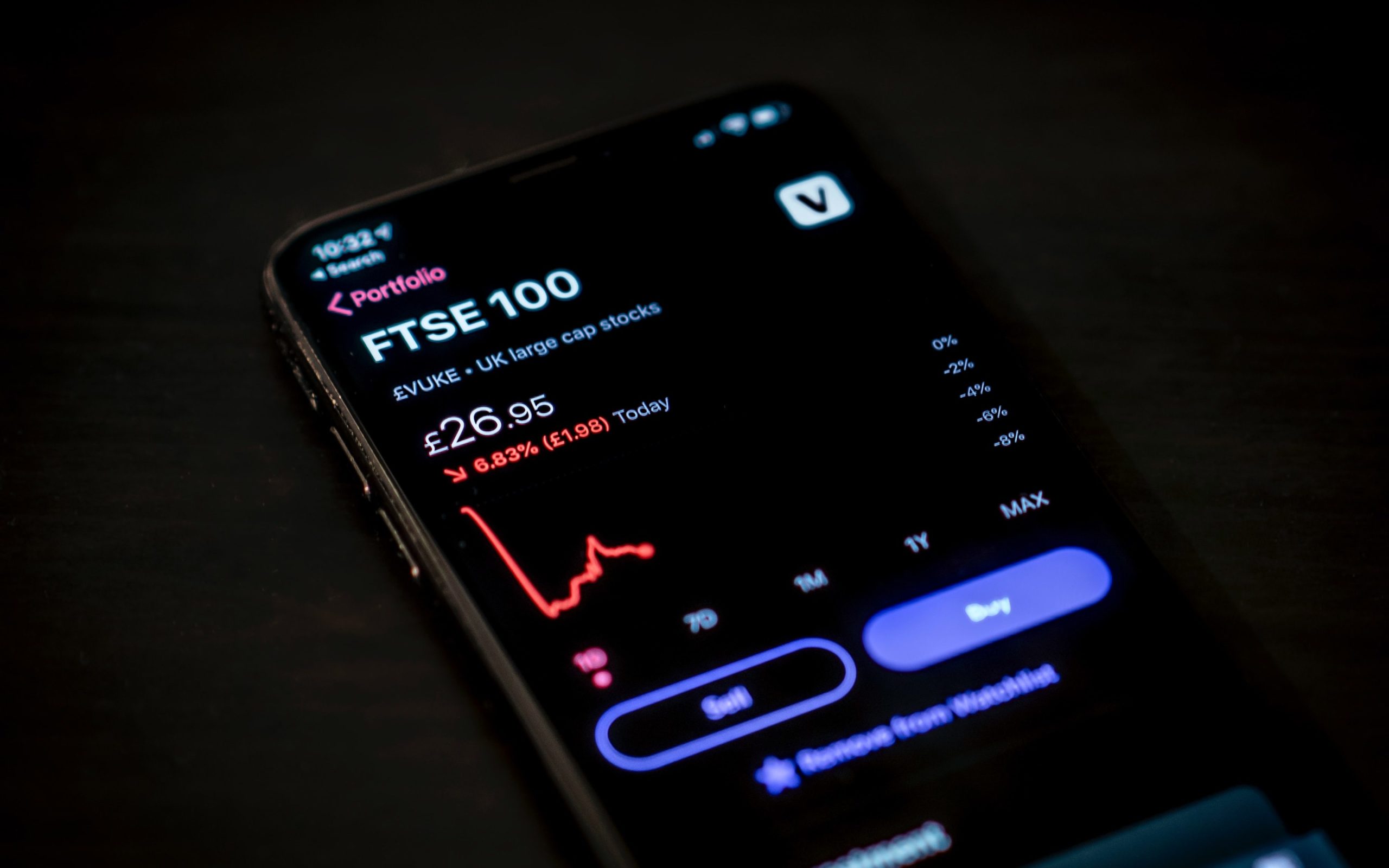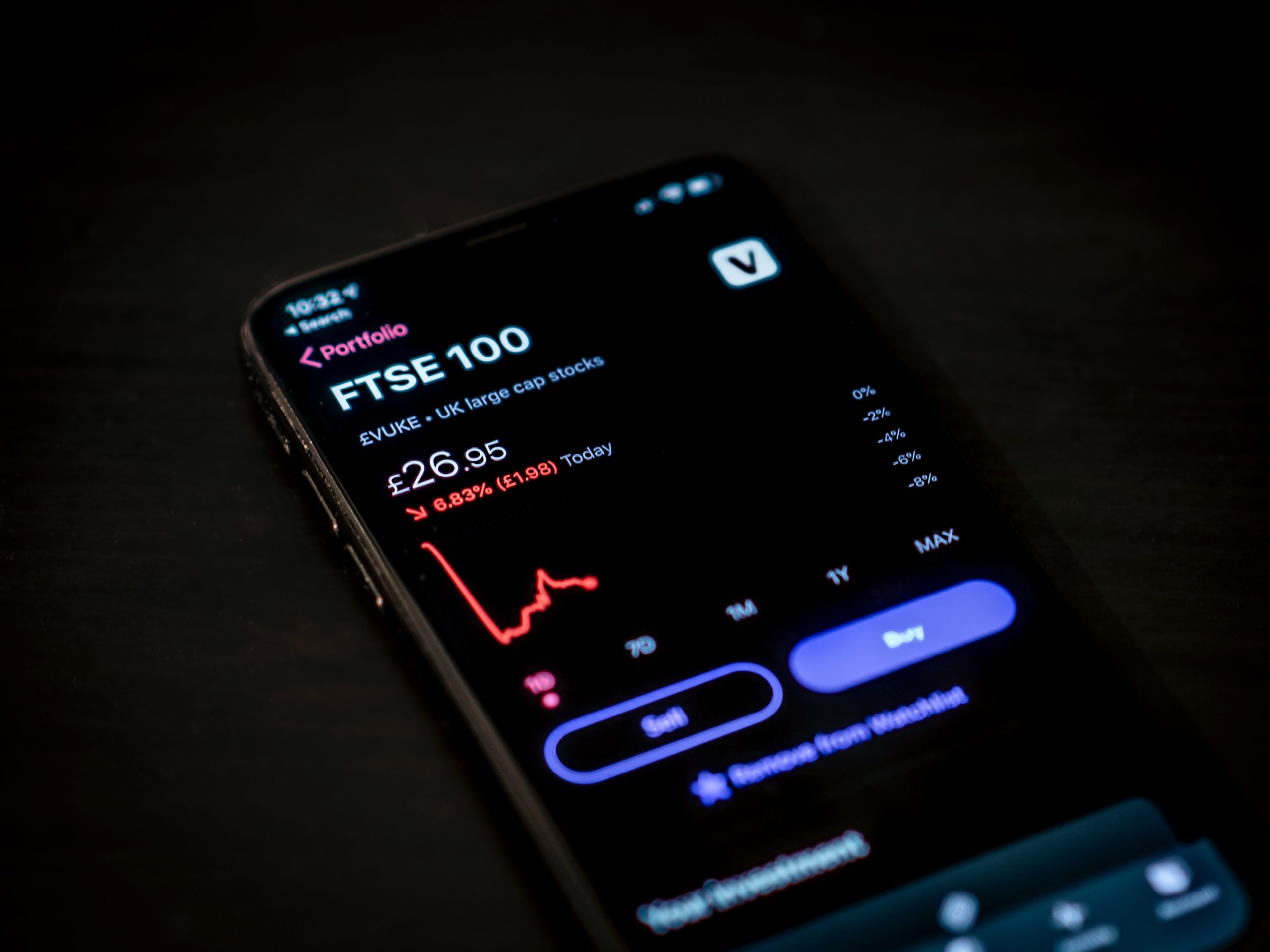
Written by Bow Group Research Fellow for Economy Chris Davies
Macro economic key performance indicators are a regular litmus test to measure UK economic performance. This article aims to explain the key metrics and recommend remedial action where appropriate.
Inflation
Consumer Price Index (“CPI”) inflation reached 5.1% in December (4.2% in November). The highest for a decade and trending upwards in a direction not seen for 30 years.
Rishi Sunak’s October budget assumed “average inflation” would not exceed 5% and would average 4% in 2022. That already looks unrealistic, with inflation likely to exceed 6% before March 2022 potentially peaking as high as 8% later this year.
“Real terms” inflation is much higher, with house prices, clothing, utility bills, petrol/diesel and second hand cars all outstripping inflation.
House prices grew by 9.8% in 2021 (source: Halifax), almost double the current rate of inflation, slightly down on 11.8% in the year to 30th September 2020 (source: gov.uk).
Whilst wage inflation exceeded the Consumer Price Index by 1.7% in November, this trend is expected to reverse in the coming months. In “real terms”, we will all be worse off (most are already).
It is essential that the economy grows faster than the rate of inflation or the exchequer’s forecast tax receipts will fall short of forecasts, leading to additional government borrowing. The UK’s historical productivity is “moderate” at best compared with other mature economies. This must be a substantial red flag to the exchequer.
Stagflation
The spectre of stagflation (where inflation exceeds economic growth) is a significant, fundamental risk to the economy. By breaching their manifesto pledge not to increase income tax (indirectly by freezing personal allowances) or national insurance (directly by 1.25%) from April 2022, the Tories have further imperilled economic growth prospects, which they forecasted at 6.5% in October, weeks before Omicron landed in the UK.
Economic growth
Boris Johnson is fond of saying the economy is the fastest growing in the G7 but this has to be viewed in context. The economy shrank 9.9% in 2020 (Source: Office for National Statistics) and is forecast to have grown by 6.9% in 2021 (Source: Organisation for Economic Cooperation & Development), whilst their 2022 forecast is for growth of just 4.9%. In short, the size of the economy will only be back to pre-pandemic levels by the end of 2022.
Interest rates
Base interest rates, set by the independent Monetary Policy Committee of the Bank of England, increased from 0.1% to 0.25% in December.
Mortgage interest rates are generally charged at “base rate plus” with the “plus” typically 1.25% to 3.75%, depending on whether the mortgagee is tracking the standard variable rate or on a fixed rate.
Inflation is normally dampened by hiking interest rates. The Bank of England has arguably not moved quickly enough but with so many households likely to default on mortgage payments if they increase, this may result in mass repossessions, crashing the housing market.
National Debt
When the Tory/Lib Dem coalition took power in 2010, the national debt was £1Trn (£500Bn in 2005 Fiscal Year prior to the financial crisis). This figure is projected to grow to £2.5Trn by March 2022 once the costs of COVID-19 support including business loan defaults (part guaranteed by the state) are factored in. (Source: ukpublicspending.co.uk). To put this into context, the national debt will have grown from 30% x GDP in 2005 to over 105% in 2022.
The Tories are often accused of austerity when based on this data, the correct term is extreme profligacy.
Private Finance Initiative (“PFI”) schemes first introduced by John Major, were used extensively by Tony Blair and Gordon Brown. The private sector built and often operated public assets (such as hospitals) and the state paid the contractor the cost of construction and operation (plus a profit margin) over a 25 to 30 year period. This helped to keep national debt artificially low at the time of construction but the cost must be repaid during the term. Unsurprisingly, PFI has now fallen into disuse.
Debt servicing costs
With record low interest rates, servicing this debt has cost under £25Bn a year. As interest rates rise, so will interest payments, pointing towards a Ponzi scheme economy where our legacy is crippling debt and interest payments to be serviced for generations to come. By way of context, the UK took 61 years to repay borrowing (and interest) arising from World War II spending.
Quantitative Easing (printing money)
The process of Quantitative Easing (where the Bank purchases long-term government securities (known as gilts)) increases the money supply in the overall economy to encourage lending and investment. Gilts are “promises to pay” (typically issued for 10 to 25 years) and attract an interest rate commensurate with the likelihood of the government’s ability to repay the debt on the due date.
Since the financial crisis, the Bank of England has been heavily engaged in Quantitative Easing starting in March 2009, (an eye watering £895 Billion of it to date), which has helped to suppress the value of sterling. This is the opposite of the monetarist policies deployed by Margaret Thatcher and Nigel Lawson in the mid to late 1980s that helped to reduce the crippling effects of chronic inflation.
By way of context, the government borrowed $6.26Bn from the United States and Canada at the end of World War II, which attracted an interest rate of 2% per annum. It was finally repaid in 2006 with the total capital and interest in excess of $12Bn. On that basis, the costs of Quantitative Easing will far exceed £1Trn, despite record low interest rates.
Rising energy costs vs net zero – something’s got to give
Much is made of terms such as “the cost of living”, “standards of living”, “quality of life” and the “happiness index”.
Given the government’s commitment to net zero including phasing out gas boilers to replace them with expensive ground source heat pumps, new houses to be fitted with electric charging points and sales of internal combustion engines engines to cease by 2030, with all the pressures building in the underlying economy, Johnson and Sunak have a perpetual juggling act on their hands to keep the public content.
As Sir John Redwood has articulated at length in recent months, the government’s decision to pursue a net zero policy is politically and economically unsound at best and essentially virtue signalling as we have exported carbon production to move towards net zero and now pay a huge premium to import energy.
By moving from production of most of our own energy from oil to natural gas and coal to importing it, we are now at the mercy of market forces and geopolitical instability. With Russia being a key provider of gas, and UK/Russia relations “frosty” at best, we are not a priority customer.
Energy costs have spiralled forcing the government to raise the domestic energy price cap from £1,200 to £2,000 from April 2022. Increasing the cap will further fuel inflation as production costs rise, (impacting the poorest in society the hardest), increasing levels of personal debt and adding further instability to millions already living hand to mouth. Some will have to decide to live without food or fuel.
Our rising population creates rising energy use. Government’s commitment to renewable energy sources came close to the lights going out a couple of times in the last quarter of 2021 when the wind did not blow, forcing the 3 remaining coal fired power stations into service. These must not be decommissioned.
COVID-19
Government’s knee jerk reactions to variants have damaged industry sectors including:
- Hospitality (bars, restaurants, pubs, clubs);
- Airlines and overseas travel;
- Care – 30,000 left in November for refusing vaccination in a sector with 1 in 10 jobs vacant;
- NHS – up to 70,000 will leave in April if they do not get vaccinated;
- Retail
Despite the government’s pandemic support packages (£400Bn+ to date) from loans (repayable) to furlough (not), the impact to those in these sectors, public and private, multinationals to SMEs runs to millions of people. Many businesses have already failed and tens of thousands are so heavily indebted it is a case of when not if they will go to the wall.
The way forward
To summarise, we urge the government to live within its means and dramatically reduce the UK’s debt to GDP ratio by cutting unnecessary, discretionary spending like international aid and HS2 ensure future recessions do not irreversibly hamstring Britain with debt for generations to come. Measures that must be considered include:
- Rethink spending plans, (not least net zero);
- Cut (not increase) personal and corporate taxation to stimulate growth (and increase tax receipts to the exchequer);
- End Quantitative Easing;
- Pivot to maximise domestic energy production to increase capacity and reduce costs;
- Keep the economy open by not reacting to every variant of COVID-19, which we must treat as endemic, rather than perpetuating the climate of fear through diktat and totalitarianism that currently pervades.
Written by Bow Group Research Fellow for Economy Chris Davies

